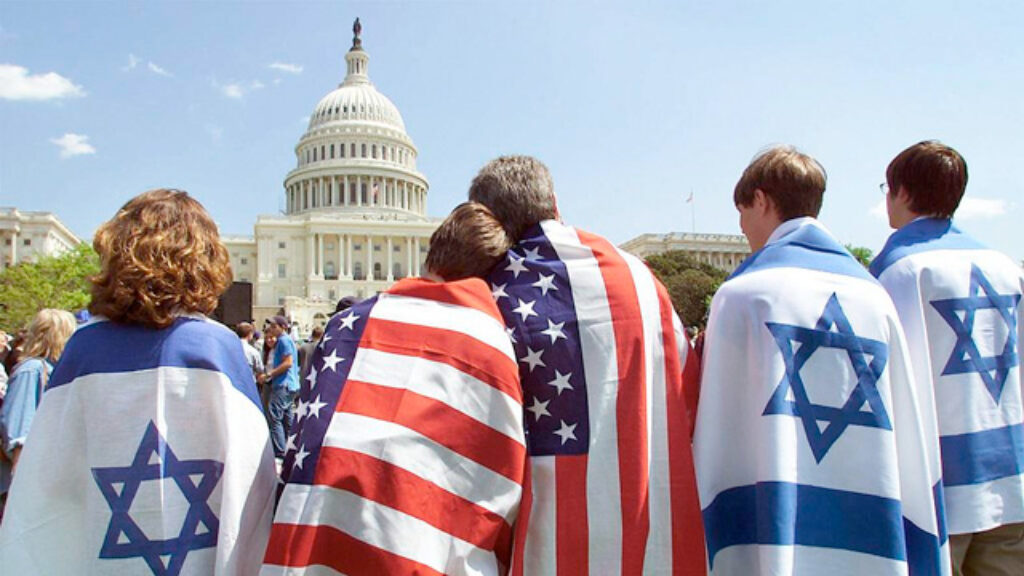Grant Me the Strength
On Christmas Day, 1991, the hammer-and-sickle banner that had fluttered over the Kremlin for 70 years was lowered for the last time, replaced by the new flag of the Russian Federation. The Soviet Union had collapsed.
Two decades prior, Natan Sharansky (born Anatoly Borisovich Shcharansky) had wanted nothing more than to get out from behind the Iron Curtain and emigrate to Israel. He had applied for an exit visa and, like so many others before him, had been given a stern no. However, the passionate 25-year-old persisted. He joined the refusenik movement advocating for Soviet Jews who, like himself, had applied for exit visas but were denied permission to emigrate. He helped organize rallies and demonstrations, he marched, he chanted. He worked with Western correspondents to broadcast the cause. His efforts swiftly landed him on the blacklist of the KGB. After years of being closely tracked, he was arrested on March 15th, 1977. The next 13 years of his life were brutal, hopeless, and lonely. His 1988 memoir, Fear No Evil, illustrates his experiences and his metamorphosis as a Russian Jew and as an individual fighting for his freedom.
Before Sharansky was arrested, he was a young man hoping to find his rightful place in the land of his ancestors. He studied Hebrew intensely, immersing himself in the Jewish community of Moscow. He became rooted in the desire and struggle for liberty. In the book, he describes how little he knew about Judaism as a child; he notes that the word “synagogue” was only heard in the phrase, “and the director doesn’t want to be accused of turning the place into a synagogue,” when being told that there was no point in applying to certain institutions. The Soviet regime left little room for religion in society; entrenched Russian antisemitism made it even harder for Jews to practice their religion. In joining fellow refuseniks, Sharansky was able to build a stronger sense of Jewish identity for himself. The Jewish activists organized underground Hebrew and Torah courses, wrote letters of grievance to the media, and staged protests.
During one such demonstration in 1973, Sharansky met his future wife Avital (born Natalia Stieglitz). Shortly after their first meeting, Sharansky’s exit visa was denied. They day after their wedding in 1974, Avital left for Israel; in 1977, he was imprisoned on charges of high treason. The two didn’t see each other until Sharansky was released more than 12 years later—in almost all that time, they didn’t know whether they would ever see each other again.
While Sharansky was imprisoned, Avital campaigned relentlessly for his release. She contacted foreign representatives and shared his story in hope of finding help. After her photograph was taken away from him in prison, he did everything to get it back: “I recall the pain and abandonment I felt when they confiscated her photograph in Lefortovo, and the joy I experienced when they finally gave it back.”
As Sharansky faced the atrocities of imprisonment and the gulag, he found himself desolate, unable to trust anyone. The days bled one into another as he sat in a frigid cement cage with nothing to do but think. For the first time in his life, he truly turned to God. When he was in Lefortovo, he came up with his own prayer. He implored God to allow him to be with his wife in the land of Israel, and for his loved ones to have the strength to endure the hardships they were to face. He wrote, “Ten li ko’ach, g’vurah, sechel, mazal v’savlanut latzeit mikeleh hazeb, l’haigah l’Eretz Yisrael bderech yashar v’ra’ui” (Grant me the strength, the power, the intelligence, the good fortune, and the patience to leave this jail and to reach the land of Israel in an honest and worthy way). This prayer became the one thing that belonged to him as he moved between prisons and labor camps. He had it with him in heart and soul and repeated it whenever he needed to, often saying it twice before an interrogation. It became his connection with the greater world that existed outside of the bars, and in turn helped him build a stronger tie to his Jewish faith.
When Sharansky was in the Chistopol gulag in Siberia, he celebrated Hanukkah with some fellow non-Jewish prisoners. On the sixth night, his candles and hanukiah were confiscated. In retaliation, he went on a hunger strike, which was the biggest risk he took as a prisoner, never knowing if and when his strike would end. Strikes were also the only effective weapon he had. When he was sent to the head of the camp, he explained to the official that he would end the hunger strike if he was permitted to finish his celebration right there in the office, with his supervision. So the candles and the hanukiah were returned. Sharansky explained the procedures to the official, lit the candles and recited the prayers—one for the holiday and his own from Lefortovo. The officer wore his major’s hat and echoed with “Amen.”
In 1986, thanks to Avital’s dedication, Sharansky was released in an East-West prisoner exchange. Sharansky didn’t know where he was being taken until he walked off the plane in East Germany. He was driven to the airport straight from the hospital where he had been recovering from malnourishment after his final hunger strike. His steps across the Glienicke Bridge were his first as a truly free man. He describes his reunion with Avital as euphoric. He wrote, “I recall only that my head was dizzy and my knees grew weak, as it seemed that at any moment the two of us would leave the ground and start floating up into the air.” Sharansky was the first political prisoner to be released by Gorbachev due to pressure from the U.S. This day marked not only his own personal freedom, but proved to millions of Jews around the world that there was hope for Aliyah. When he arrived in Israel, it was home. Although it took years for Sharansky to adjust to a life of liberty, he immersed himself in the country, the culture and the people, eventually serving in the Knesset. His story proved to the world that the terrors of the Soviet Union could be defeated.
My own family was one of many to experience the collapse of the regime that Sharansky had battled so vigorously. In late 1991, my parents made plans to emigrate to the United States. Just three months before, my father had joined the resistance to the communist August Coup. My mother had been staying in Israel with my grandmother, listening to the radio in her apartment in Bat Yam. She didn’t believe she would see my father ever again. Three days later, President Yeltsin announced that the coup had failed. For the Russian people, this was the day of which they had only dared to dream. Although some Russian Jews like my grandmother had managed to escape earlier when Gorbachev lifted emigration restrictions in the late 1980s, thousands fled to Israel as the U.S.S.R. came crashing down. My parents, much like Sharansky and Avital, had a passionate reunion, and quickly left for the U.S. to start a new life of freedom and opportunity.
This memoir illustrates the horrific experiences of millions of people throughout the Soviet era, but this one portrays a happier ending. Sharansky’s details and thought processes were fascinating to read and offer an introspective look into the psychology and emotion of a prisoner, activist, and warrior. His story is unique because of the outcome of his mental and physical persistence, and it broaches the inner power of religion, heritage, and a critical mind. Sharansky’s conscious resistance to the KGB’s pressure and torture provides insight into his inner psyche during a longstanding fight. We learn about the tragedies of war, but during these times, people unite against a greater force. Natan Sharansky spent more than a decade in psychological isolation. It was him against the world. When I asked my father, who had read Fear No Evil, how he felt on that fine summer day of August 21st, 1991, he told me, “Like Sharansky felt when he walked out of prison. Relief, victory, giddiness. The end of a seemingly eternal battle.”
Suggested Reading

Maintaining Jewish Unity Without Uniformity
BY ELIE DOUER In the months before the October 7 attack, political tensions in Israel were at an unprecedented high, with intense polarization over the proposed judicial reforms. Studies show…

My Real Internal Conflict is Not One of Clashing Interests
When do my Jewish interests and American interests conflict? After much careful internal deliberation, I have concluded that they do not.

Shining Our Light Unto the Nations Through Jewish Teachings
BY ADIN LINDEN Jewish history is rife with enemies, from the Egyptians to the descendants of Amalek, a lineage that is seen as the greatest enemy of the Jews and…

Reviving the American Dream
BY SARAH SIEGEL For generations, the United States of America has stood as a beacon of hope and prosperity for those fleeing their homelands in search of a better life.